AKM Bahalul Haque
Notion of Explainable Artificial Intelligence -- An Empirical Investigation from A Users Perspective
Nov 01, 2023
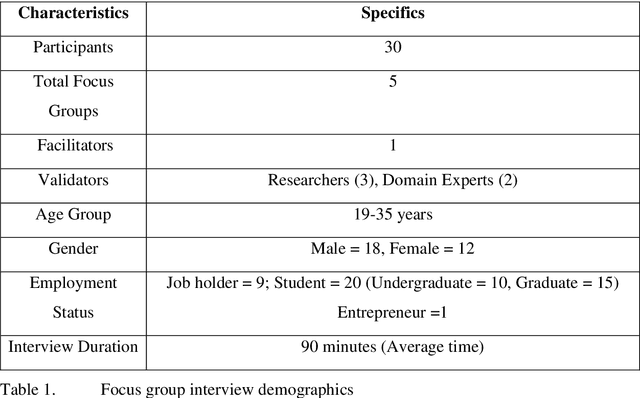
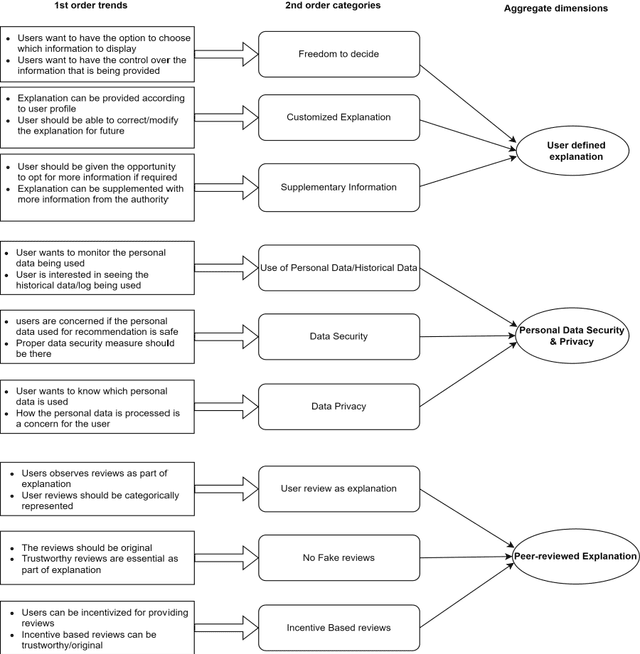

Abstract:The growing attention to artificial intelligence-based applications has led to research interest in explainability issues. This emerging research attention on explainable AI (XAI) advocates the need to investigate end user-centric explainable AI. Thus, this study aims to investigate usercentric explainable AI and considered recommendation systems as the study context. We conducted focus group interviews to collect qualitative data on the recommendation system. We asked participants about the end users' comprehension of a recommended item, its probable explanation, and their opinion of making a recommendation explainable. Our findings reveal that end users want a non-technical and tailor-made explanation with on-demand supplementary information. Moreover, we also observed users requiring an explanation about personal data usage, detailed user feedback, and authentic and reliable explanations. Finally, we propose a synthesized framework that aims at involving the end user in the development process for requirements collection and validation.
Explainable Artificial Intelligence (XAI) from a user perspective- A synthesis of prior literature and problematizing avenues for future research
Nov 24, 2022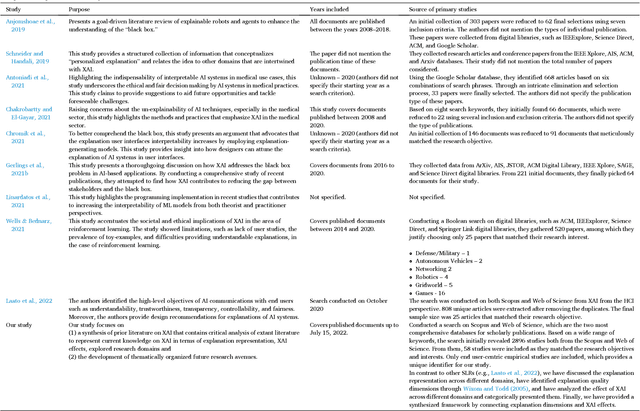
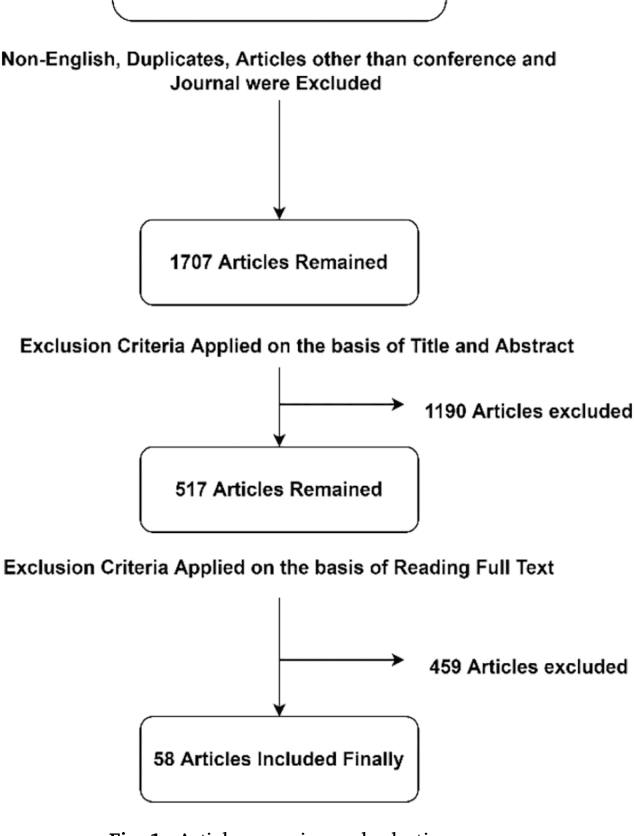
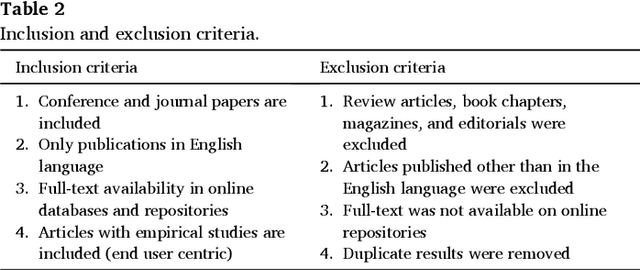
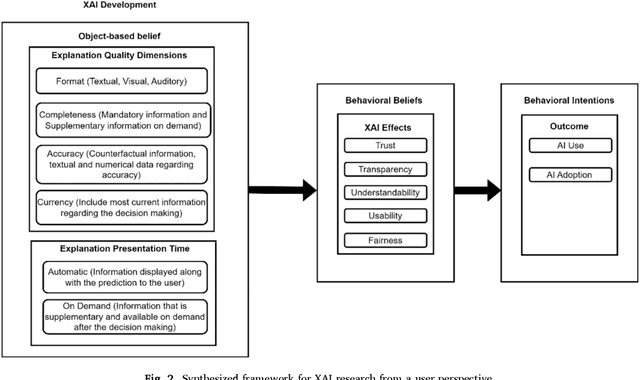
Abstract:The final search query for the Systematic Literature Review (SLR) was conducted on 15th July 2022. Initially, we extracted 1707 journal and conference articles from the Scopus and Web of Science databases. Inclusion and exclusion criteria were then applied, and 58 articles were selected for the SLR. The findings show four dimensions that shape the AI explanation, which are format (explanation representation format), completeness (explanation should contain all required information, including the supplementary information), accuracy (information regarding the accuracy of the explanation), and currency (explanation should contain recent information). Moreover, along with the automatic representation of the explanation, the users can request additional information if needed. We have also found five dimensions of XAI effects: trust, transparency, understandability, usability, and fairness. In addition, we investigated current knowledge from selected articles to problematize future research agendas as research questions along with possible research paths. Consequently, a comprehensive framework of XAI and its possible effects on user behavior has been developed.
Illegal Border Cross Detection and Warning System Using IR Sensor and Node MCU
Dec 24, 2020
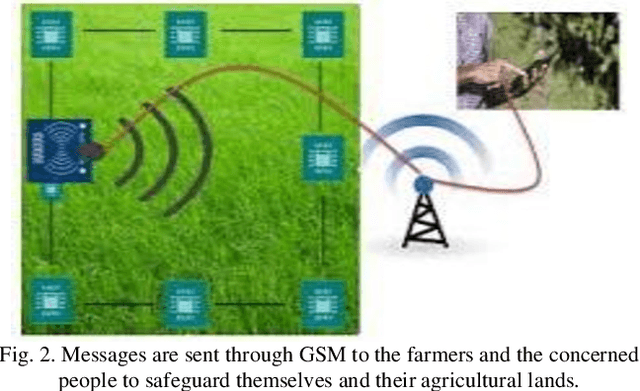
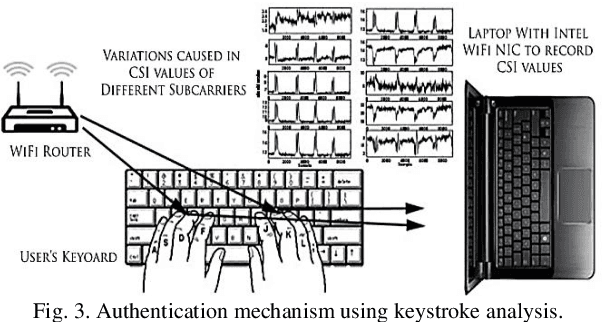

Abstract:We often find illegal immigrants moving from one country to another. By means of land these illegal immigrants move over the fence cut the border wires and moves to the other part of the land. What do you think our soldiers are not doing their job? It is not that actually. It is very difficult to watch consistently over the border. Soldiers have a limited vision to check around the whole land mass. So for them we have come up with a solution that we have built a device that will sense the presence of an intruder (illegal immigrant). This device will be installed over the fences. When an intruder passes over the fence this device will transmit the signal to the soldiers Smartphone app (BLYNK app). The soldier will be notified with the signal and after receiving the signal, the soldier can switch on the alarm and the emergency lights via the app. By this the soldiers in the camp will be alerted and can take their respective positions and arrest the intruder which was passing the border illegally. By this device we can alert the soldiers in the border to take more safety precautions to keep our country safe. Index Terms-Node MCU ESP32, infrared sensor, Blynk app.
* 8 Pages, 20 Figures
 Add to Chrome
Add to Chrome Add to Firefox
Add to Firefox Add to Edge
Add to Edge